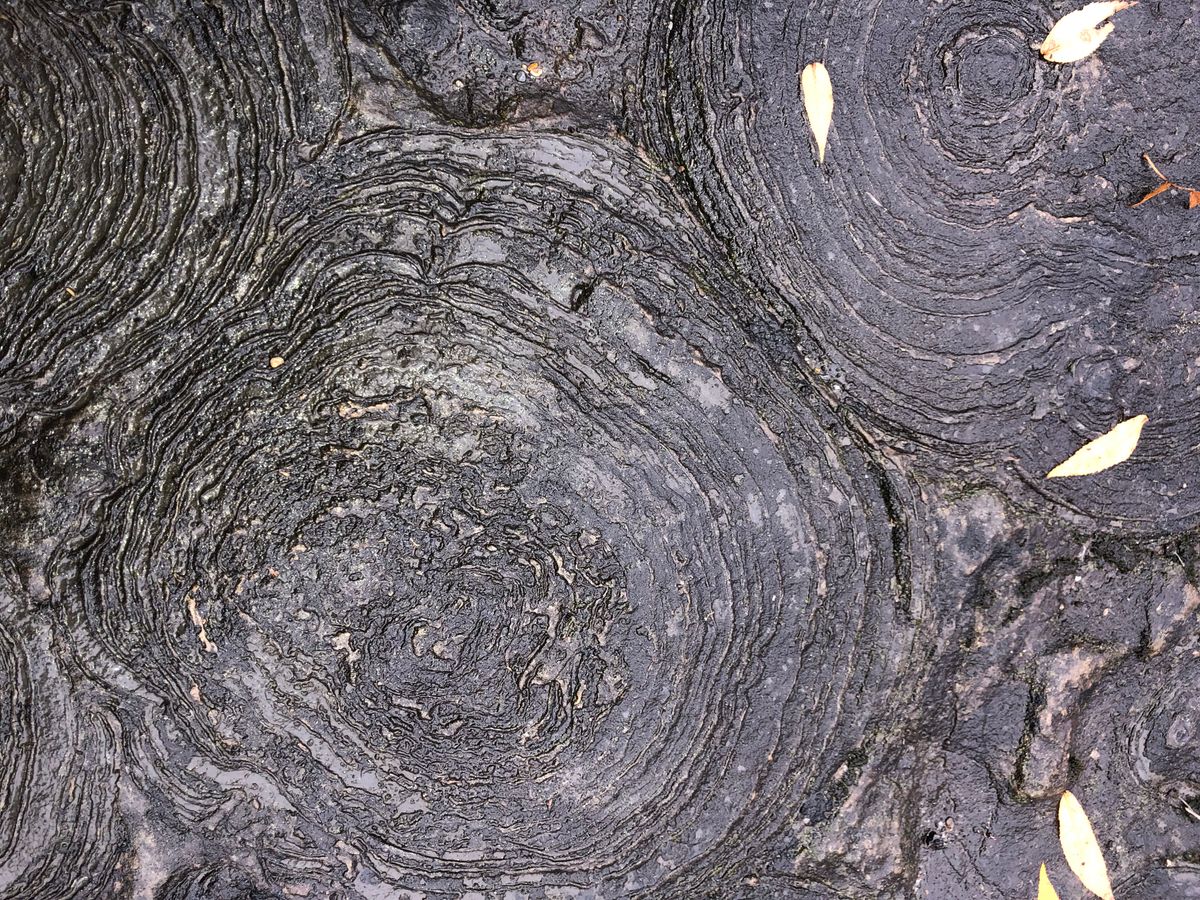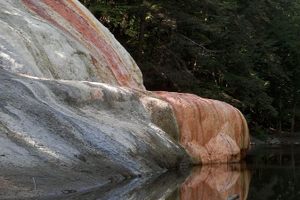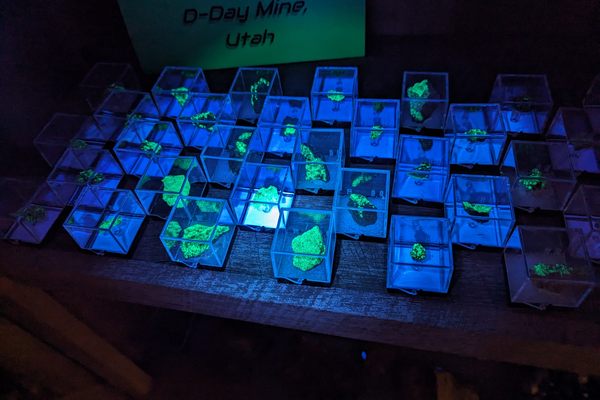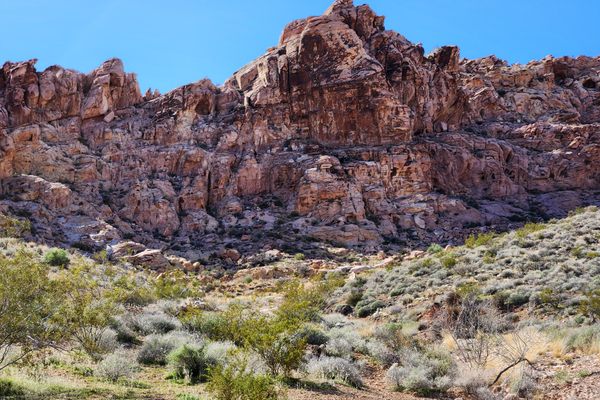About
Hidden off the beaten path in Saratoga Springs, New York, is what appears to be a series of large stone slabs bearing strange circular patterns not unlike giant fingerprints, but these are actually the fossilized remains of what was an underwater biosphere in a time before time.
In the prehistoric era, the area that is now known as the Petrified Sea Garden was just what it sounds like. Based on the now overgrown stone patterns, the area was covered in early algae colonies among other sea life. The algae growths then combined with sediments in the ground, eventually hardening into the petrified patterns that remain today even after the water and other life is long since disappeared.
When the formations were discovered, researchers were not sure whether they were organic or inorganic in origin. After some testing however, they were determined to have once been biological and the new classification of "stromatolite" was created. Now other exposed stromatolites have been discovered in rocks across the world, but the formations in Saratoga Springs were the first identified.
The area is a protected natural landmark that was once open to the public, but today the Petrified Sea Garden sits on a private gravel company's land and is off limits to visitors. With the private interests controlling the land, the future of these ancient formations is a bit up in the air, but with luck they will survive for millions more years to come.
Update May 2018: The park is now closed to the public.
Related Tags
Know Before You Go
It's a shame that Petrified Sea Gardens is closed now - I loved taking my daughter there for geologic outings! Luckily, you can still see stromatolites up the road at Lester Park - a natural history site of the New York State Museum. Keep going up Petrified Sea Gardens Road and look for the blue New York State signage. There's also an abandoned lime kiln across the street.
Community Contributors
Added By
Published
December 16, 2014



























